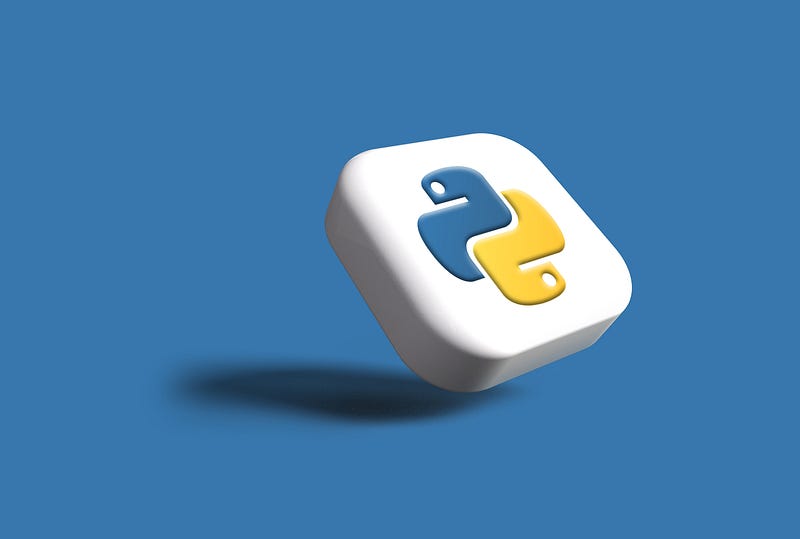Mastering Python Classes: From Basics to Advanced Concepts
Written on
Understanding Python Classes
This section introduces you to the concept of classes in Python, which are custom data types that encapsulate attributes and methods. By creating instances of these classes, you can access and manipulate their functionalities. Essentially, classes serve as templates for creating objects.

Crafting a Python Class
To define a class in Python, utilize the class keyword. Below is an illustration of a straightforward class:
class Car:
def __init__(self, make, model, year):
self.make = make
self.model = model
self.year = year
In this example, we established a class named Car. The __init__ function is a special method invoked upon the creation of an instance. It initializes the attributes of the class, with self representing the instance being created.
Instantiating a Python Class
After defining a class, you can create an instance as follows:
my_car = Car("Toyota", "Corolla", 2020)
Here, my_car is an instance of the Car class, with its attributes set for make, model, and year. This object now embodies the characteristics defined in the Car class.
Accessing Class Attributes
To retrieve the attributes of a class instance, you can use dot notation. For example:
print(my_car.make)
This command will display "Toyota," as it accesses the make attribute of the my_car object.
Defining Class Methods
Methods are functions defined within a class. Here’s how to add a method to the Car class:
class Car:
def __init__(self, make, model, year):
self.make = make
self.model = model
self.year = year
def get_age(self):
return 2022 - self.year
In this case, we introduced a method called get_age, which calculates the car's age based on its year.
Invoking Class Methods
To use a method from a class, apply dot notation, as shown here:
my_car = Car("Toyota", "Corolla", 2020)
print(my_car.get_age())
This will output "2," reflecting the age of the car as calculated by the get_age method.
Inheritance in Python
A prominent feature of classes is inheritance, which enables a class to inherit attributes and methods from a parent class. Here's an example:
class ElectricCar(Car):
def __init__(self, make, model, year, battery):
super().__init__(make, model, year)
self.battery = battery
def describe_battery(self):
print(f"This car has a {self.battery} kWh battery.")
In this example, we created an ElectricCar class that inherits from Car. The super() function calls the parent class’s __init__ method, allowing the ElectricCar to have additional features like a battery attribute.
Exploring Polymorphism
Polymorphism is another essential OOP principle that allows different classes to be treated as if they belong to the same class. Consider the following example:
class Animal:
def __init__(self, name):
self.name = name
def make_sound(self):
pass
class Dog(Animal):
def make_sound(self):
return "Woof!"
class Cat(Animal):
def make_sound(self):
return "Meow!"
animals = [Dog("Fido"), Cat("Whiskers")]
for animal in animals:
print(animal.name + ": " + animal.make_sound())
In this scenario, we defined an Animal class with a make_sound method. The Dog and Cat subclasses implement their versions of make_sound. We then created a list of these animals and printed out their sounds.
Conclusion
Python classes are a robust mechanism for writing reusable code. In this tutorial, we discussed how to create classes, instantiate them, access their attributes, and define and call methods. With this foundational knowledge, you can start building your own Python classes to tackle various programming challenges. Mastering concepts like polymorphism and inheritance will elevate your programming capabilities significantly.
In the first video titled "[LIVE] DAY 03 - Python and Artificial Intelligence Zero to Hero | COMPLETE in 7," the instructor elaborates on Python classes and their functionalities, providing a comprehensive overview.
The second video titled "[LIVE] DAY 08 - Python and Artificial Intelligence Zero to Hero | COMPLETE in 7" delves deeper into advanced class structures and their applications in AI.